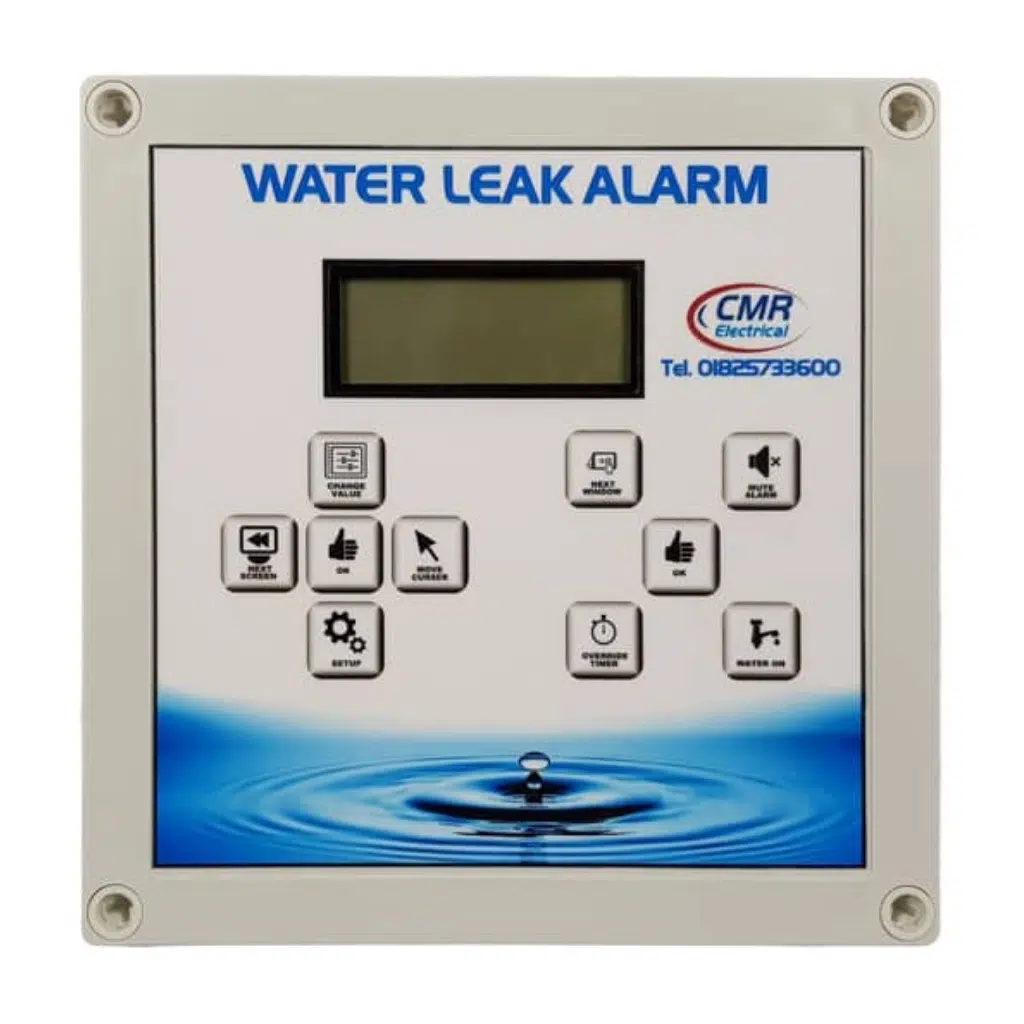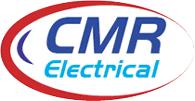 Add My Company
Add My Company
BREEAM WAT CREDITS
What is BREEAM?
BREEAM WAT credits are awarded to new and existing buildings. The Building Research Establishment Environmental Assessment Method (BREEAM) provides a framework for evaluating the environmental performance of residential and commercial buildings. This includes energy usuage, waste management, pollution as well as water monitoring and leakage prevention. To achieve BREEAM credits an approved team of qualified BREEAM assessors will inspect evidence against a set of benchmarks. Each category focuses on reducing carbon dioxide emissions, reducing landfill waste, adaptation to climate change and ensuring biodiversity protection. Achieving BREEAM credits ensures that the building life cycle costs are reduced and increase its asset value. For more information on the benefits of BREEAM read our recent blog on BREEAM Water Leak Detection.

Importance of WAT Credits
Water efficiency plays a pivotal role in achieving the objectives outlined in the UN Sustainable Development Goals, with Goal 6 – Clean Water and Sanitation. This goal sets a clear mandate for us to significantly enhance water-use efficiency across all sectors by 2030. About two billion people worldwide don’t have access to safe drinking water today (SDG Report 2022), and roughly half of the world’s population is experiencing severe water scarcity for at least part of the year (IPCC). These numbers are expected to increase, accelerated by climate change and population growth (WMO). Additionally, the energy required for the extraction, purification, delivery and disposal of wastewater contributes to climate change and air quality issues. To secure an adequate water supply for the future and combat climate change, it’s vital to reduce water consumption by using it more efficiently.
Summmary of how WAT Credits are achieved
BREEAM focuses on certifying buildings rather than products. It acknowledges processes that assess environmental performance and responsible sourcing of specific products but doesn’t label them as “BREEAM compliant.”
To earn BREEAM WAT credits, a qualified assessor calculates WAT 01: Water Consumption using the BREEAM Wat 01 calculator to determine water consumption in m3 per person per year. Assessors also evaluate water-efficient fixtures and energy-efficient water recycling systems.
For WAT 04 credits, you can achieve them by implementing strategies that conserve water for unregulated uses. For example, installing a green roof with drought-tolerant native plants that don’t require irrigation. Assessors also check if major water uses are separately metered within the building, allowing the Building Management System (BMS) to identify high-use activities. Furthermore, they look for a leak detection system, like our BLDA1-2 Alarm, that monitors water usage and provides timely alerts for quick resolution.


BREEAM WAT Credits: New Construction vs. In-Use Residential Buildings
When it comes to building sustainability, the approach varies depending on whether it’s a new construction project or an existing in-use residential building. Both scenarios are evaluated using BREEAM WAT credits, but the differences in their application are significant. A summary is provided in the table below. This is the current version, however a new one is planned to be released in 2024.
New Construction Buildings
- WAT 01 – Water Consumption (5 credits):
- Aim: To reduce potable water consumption in newly constructed buildings through water-efficient components and recycling systems.
- Value: Improved water efficiency, cost reduction, and resource conservation.
- Context: Addressing water scarcity and future demand in a building’s design phase.
- Assessment Criteria: Compare water consumption to baseline performance for credits.
- WAT 02 – Water Monitoring (1 credit):
- Aim: Effective water management and monitoring right from the start of the construction project.
- Value: Increased awareness, identifying water use patterns, and cost reduction in the initial build.
- Context: Essential due to the opportunity for integrating monitoring during the design and construction phases.
- Assessment Criteria: Installation of water meters with potential BMS (Building Management System) integration.
- WAT 03 – Water Leak Detection (2 credits):
- Aim: To minimize water wastage due to leaks right from the building’s inception.
- Value: Reduced wastage, damage mitigation, and cost reduction, avoiding construction-phase leaks.
- Context: Addressing potential issues with plumbing and fixtures during construction.
- Assessment Criteria: Install leak detection systems and flow control devices during the construction phase.
- WAT 04 – Water Efficient Equipment (1 credit):
- Aim: Reduce water consumption for non-sanitary uses in the building’s design and construction.
- Value: Encourage the use of water-efficient equipment from the very beginning.
- Assessment Criteria: Specify efficient systems and design improvements during construction.
Existing Construction Buildings
- WAT01 – Water Monitoring (3 credits):
- Aim: Reduce water consumption through effective management and monitoring in an existing residential building.
- Value: Increased awareness, identifying large water users, and encouraging reductions in consumption.
- Context: Focusing on operational efficiency and maintaining awareness of water use in an already constructed building.
- Assessment Criteria: Installation of water meters with potential BMS connection post-construction.
- WAT02 to WAT06 – Water Efficient Equipment (4 credits each):
- Aim: Reduce water consumption through water-efficient appliances in an operational residential building.
- Value: Improved water efficiency, cost reduction, and resource conservation after construction.
- Assessment Criteria: Specify water-efficient toilets, urinals, handwashing basins, showers, baths, and appliances in an existing building.
- WAT07 – Leak Detection System (2 credits):
- Aim: Minimize water wastage due to leaks in an already operational residential building.
- Value: Reduced wastage, damage mitigation, and cost reduction during the building’s ongoing use.
- Assessment Criteria: Installation of a leak detection system after construction.
- WAT08 – Leak Prevention (2 credits):
- Aim: Reduce the impact of water leaks in unoccupied areas of an in-use residential building.
- Assessment Criteria: Install flow control devices to minimize water wastage in unoccupied areas, addressing potential issues that may arise after construction.
- WAT09 – Isolation Valves (4 credits):
- Aim: Minimize water wastage by reducing the demand for utility-supplied water within an operational residential building.
- Assessment Criteria: Installation of isolation valves for relevant equipment within the building, considering the building’s existing infrastructure.
- WAT10 – Reducing Utility-Supplied Water Consumption (2 credits):
- Aim: Minimize unnecessary water consumption by reducing the demand for utility-supplied water in an operational residential building.
- Assessment Criteria: Utilize non-utility supplied water sources to reduce water consumption in an existing building.
Conclusion:
The primary distinction between these two categories lies in their timing and focus:
- New Construction credits prioritize incorporating sustainable practices during the design and construction phases.
- In-Use Residential credits emphasize optimizing water use and efficiency in existing, operational buildings.
Both sets of credits aim to contribute to water conservation, cost savings, and a more sustainable future. Whether you’re embarking on a new construction project or managing an existing residential building, these credits offer valuable guidance for making water use more environmentally responsible and efficient.
If you would like more advice on how to meet BREEAM WAT credits and help you choose the correct Water Leak System please contact us on 01825 733600.
For more information on BREEAM WAT CREDITS talk to CMR Electrical
